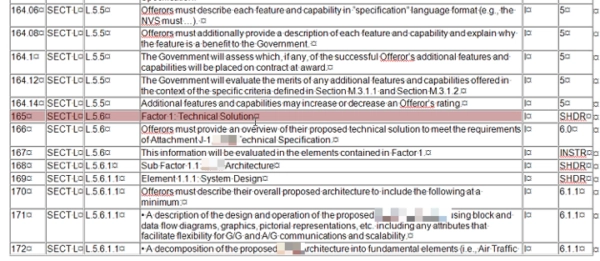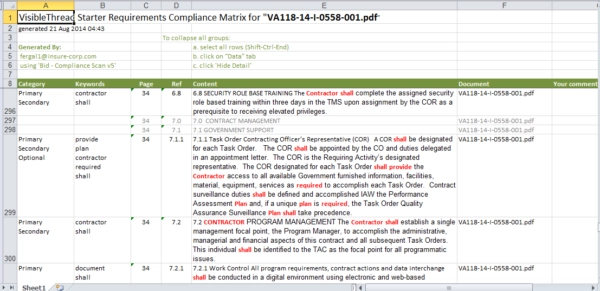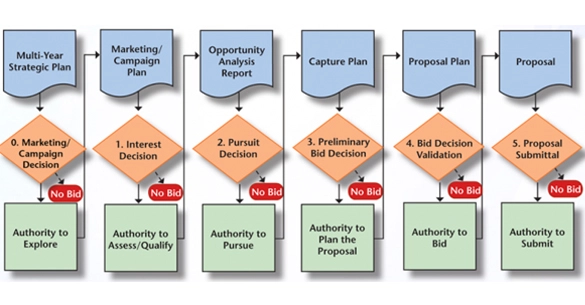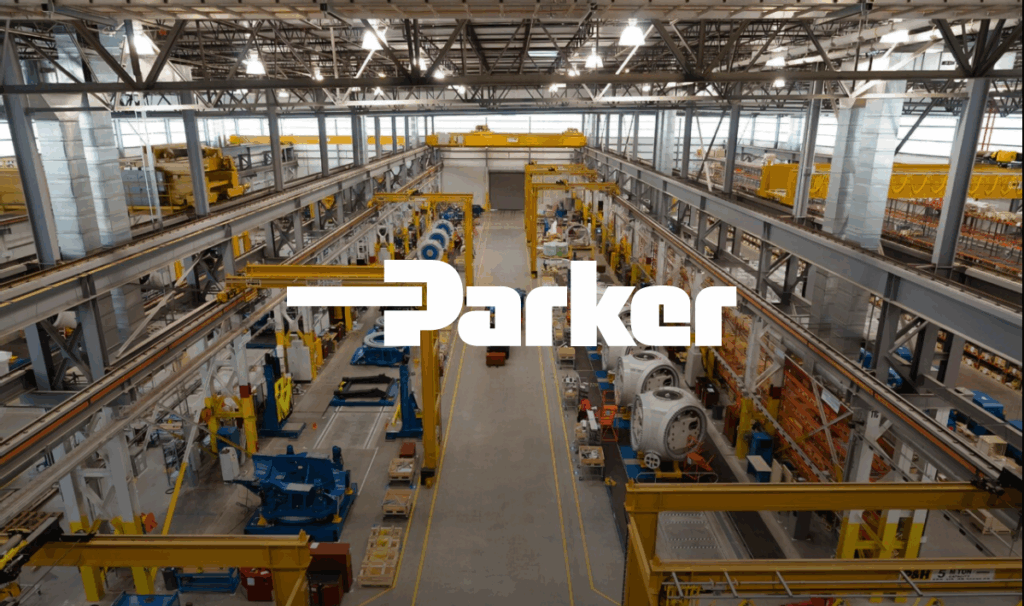We have been helping proposal teams become more productive for the last 5 years. We work extensively with proposal managers, proposal coordinators, and capture managers. During that 5 year period, we learned a lot about how people work with Compliance Matrices. And how best to most effectively use a compliance matrix in your proposal development process.
If you’re working federal, state, or local bids priming on an IDIQ or teaming on a small RFP you’ll find this useful. We have published posts on this subject in the past here and here. For this one, I want to summarize 3 key techniques that can improve your compliance matrix process.
For clarity, let’s recap what a compliance matrix is.
What is a compliance matrix?
The purpose of a compliance matrix is to:
- Identify the requirements in an RFP
- Check if the requirements are met by a proposal
- Identify where the requirements are met in a proposal by outlining page, section, and paragraph numbers and to
- Assist the reader when reviewing a proposal.
To make it concrete here’s a fairly standard example of what a matrix might look like in the flesh:

So now we’re on the same page, let’s consider how you may be able to tweak your compliance matrix process.
1. Automate the process for the initial stages – a compliance matrix in shorter time
This may sound obvious but is often overlooked. Overworked proposal managers continue to handcraft the entire matrix. If you’re an SDVOSB or handling large volumes of proposals, you simply don’t have time to be copying & pasting. The sheer manual effort of creating the first pass matrix is way better spent elsewhere in your proposal process.
The standard process goes like this:
- Convert solicitation from PDF to MS Word (if in word)
- Identify significant sections of the RFP that will form the basis of the matrix. For instance sections L and M.
- For each paragraph, populate a row in a compliance spreadsheet. This will include the page or paragraph number and the text of the compliance statement. You will use copy/paste to get to this stage and many hours of effort.
- Once all occurrences are in the spreadsheet, then for each row, fill in the details relating to where in the response we meet the requirement.
There is no doubt this process works, but it’s incredibly time-consuming. The specific issue is that the 3rd step is extremely labor-intensive.
When we talk about automating that step we’re really just talking about optimizing a part of the compliance matrix process.
In an automated version of the above step 3 looks like this:
3-1: Upload & analyze the PDF or Word doc (Time: 30-90 seconds)
3-2: Run specific compliance scan (Time: 10-20 seconds)
3-3: Export to Excel (Time: 5-10 seconds)
Options for automation:
There are 2 main ways to automate:
- Use MS Word macros to parse MS Word documents. Many of the larger shops that often have IT support already have macros available to them. These will typically key off indicator words/phrases like ‘will’, ‘shall’, and ‘must’.
- Use dedicated Tools, like VisibleThread’s Language Analysis Platform.
This ensures proposal writers have more time to work on improving proposals.
Here is an example matrix generated for the $34b RS3 program to give you a sense of what is possible with automation.

And to get the actual full generated matrix, click here.
2. Use compliance matrix to help capture decisions (bid, no-bid, teaming)
Having a consistent systematic process drives routine, encourages repeatable behavior, and helps with the review. Below is an outline of Shipley’s recommended process.

Take note of how often No Bid features are on the process map. Choosing No Bid can be a hard decision but it can result in time and cost savings.
While the Compliance Matrix is traditionally used to manage the proposal development process, it can also double as a great way to help the no-bid decision. Naturally, if you’re using a manual approach, there is no way this would work.
But, if step 3 is automated, now you can run a slimline version of the compliance matrix as part of your capture activities. This sizes indicative effort (with the no of rows generated commensurate with the likely effort), and helps add depth and metrics to the bid, no-bid decision.
3. Consider new compliance matrix columns like ‘ease of understanding’
Many of us are inward-facing when we think about how we craft our proposal. It’s easy to forget that a reviewer is comparing your proposal alongside multiple other vendors.
Consider the evaluator/reviewer when writing your proposal. How readable is the proposal? Making the evaluator’s life easier is an excellent way to stand out from competitors. So scoring your proposal and storyboard in this way can really help you win.
I hope this helps improve your compliance matrix. As always, if you have any ideas and suggestions, please leave a comment below.




